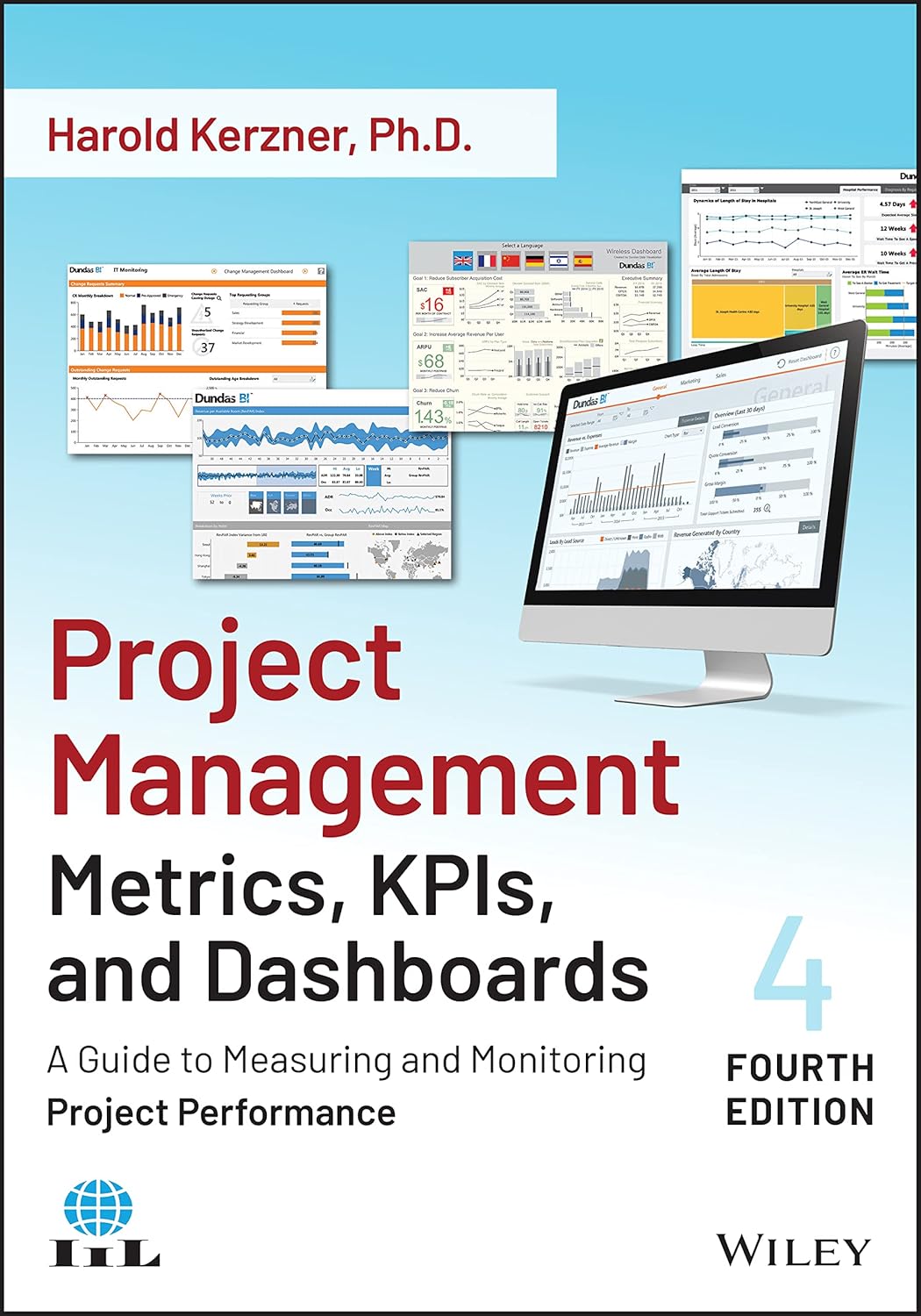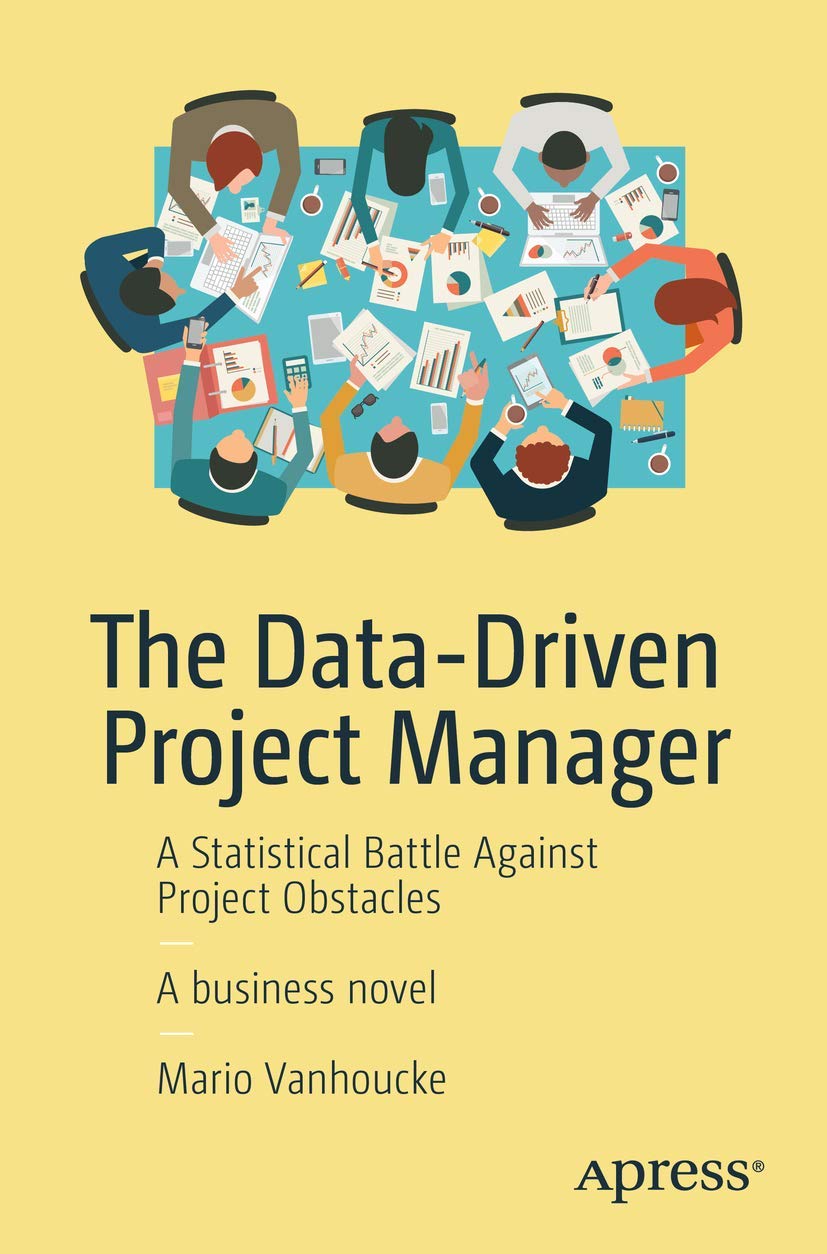
Data
What is Data?
Data refers to individual facts, statistics, or items of information that are collected, analyzed, and used for reference or decision-making. In project management, it encompasses both quantitative and qualitative information used to monitor performance, manage risks, and inform strategic planning. Data can come in many forms, including numbers, text, images, or audio. It becomes especially valuable when transformed into insights that support efficient project execution and informed choices.
Key Points
- It serves as the foundation for evidence-based decision-making in project management.
- It can be structured, like entries in a spreadsheet, or unstructured, like open-ended survey responses.
- Its collection occurs throughout the project lifecycle, from initiation to closure.
- Its effective use requires proper analysis, interpretation, and reporting.
- Quality data should be accurate, relevant, timely, and complete.
Related Terms
- A data set is a structured collection of information, typically used for analysis and reporting in project tracking.
- A key performance indicator (KPI) uses data to measure the success of a project in meeting its objectives.
- Project metrics rely on data to evaluate various aspects of performance, such as time, cost, and scope.
- Data analysis is the process of examining and interpreting data to discover helpful information for project planning and control.
- Project reporting involves presenting analyzed information in a format that facilitates effective communication with stakeholders and informed decision-making.
Data: Example
A project manager overseeing a software development initiative collects weekly data on completed tasks, hours worked, and team satisfaction scores. By analyzing this information, the manager identifies a drop in productivity during the third sprint and links it to unclear task assignments. The manager then revises the planning process to enhance clarity and efficiency, illustrating how data supports ongoing improvement.
Data: Best Practices
- Collect it consistently and align it with the project’s goals and performance indicators.
- Use reliable tools and methods to ensure accuracy and completeness.
- Secure sensitive information to protect privacy and maintain trust among stakeholders.
- Review and validate it regularly to identify and correct errors or inconsistencies promptly.
- Share insights derived from data with the project team and stakeholders to foster transparency and engagement.
Additional Resources
Preparing for a PMI certification?
- Exam Prep Courses: PMP®, CAPM®, and PMI-ACP®
- Exam Simulators: PMP®, CAPM®, PMI-ACP®, PMI-PBA®, PMI-RMP®, PMI-SP®, PgMP®, and PfMP®
- Professional Development Units (PDUs): 15, 30, and 60 PDU Bundles




